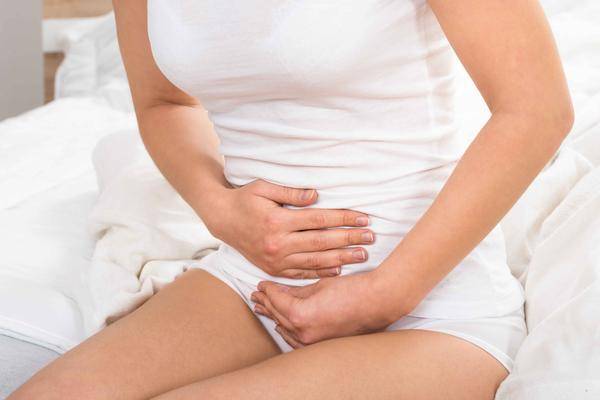The lower abdomen is the area between the belly button and just above the pubic bone. In this region, there are reproductive organs, bladder, rectum, and many essential nutrients are digested and absorbed here. Therefore, taking care of the lower abdomen is crucial.
Under normal circumstances, the lower abdomen should feel soft and elastic, without any pain. However, if there are certain health conditions, it may lead to lower abdominal pain.
When women experience lower abdominal pain, it is important to take precautions in daily life, such as avoiding excessive fatigue, refraining from consuming damp and cold foods, drinking warm water, and keeping the abdomen warm.
If these methods do not relieve the lower abdominal pain or if it persists, it could be due to certain health conditions, and seeking medical advice promptly is recommended. Why do women often experience lower abdominal pain?
1. Menstrual Cramps
Menstrual cramps inevitably cause lower abdominal pain. There are primary and secondary dysmenorrhea. Primary dysmenorrhea commonly occurs in adolescent females and is related to hormonal levels, exposure to cold, and emotional fluctuations, with no organic pathology, and usually improves with age or after childbirth.
Secondary dysmenorrhea may be caused by conditions like endometriosis or adenomyosis, characterized by severe and periodic pain, especially before and after menstruation.
2. Ovulatory Pain
During ovulation, when the follicle releases fluid, it may cause mild irritation to the peritoneum, resulting in slight abdominal pain.
This is considered a physiological abdominal pain, usually not requiring treatment, presenting as mild pain on one side of the lower abdomen or in the hip region. Some women may also experience vaginal bleeding, which typically resolves within one to two days.
3. Ovarian Corpus Luteum Rupture
If there is significant bleeding within the corpus luteum, sudden lower abdominal or unilateral abdominal pain may occur, sometimes leading to shock.
Generally, ovarian corpus luteum rupture occurs between the 20th and 26th day of the menstrual cycle, with varying degrees of pain intensity due to individual differences. It is often caused by external forces or activities such as severe straining during bowel movements, abdominal trauma, vigorous intercourse, or excessive exercise. The risk of ovarian corpus luteum rupture is higher during the congestive phase before menstruation.
4. Gynecological Conditions
Acute pelvic inflammatory disease can cause persistent lower abdominal pain along with symptoms such as high fever, chills, and loss of appetite. Prompt medical treatment is necessary to prevent the progression to chronic inflammation.
Furthermore, conditions like salpingitis, cervicitis, endometritis may also lead to lower abdominal pain. Additionally, hidden lower abdominal pain is a common symptom of ectopic pregnancy, often related to intrauterine device migration or tumor compression, which can even result in infertility. Therefore, women should be attentive to this issue, particularly those with a history of ectopic pregnancy.
Reminder: If lower abdominal pain is persistent and self-relief measures are ineffective, it is essential to be vigilant about potential underlying health conditions, such as those mentioned above. In case of uncertainty, prompt medical consultation is advised to avoid delaying treatment, affecting the condition’s management.
Meanwhile, maintaining genital hygiene, following a regular routine, and reducing the occurrence of gynecological conditions are crucial in daily life. Women are advised to undergo periodic gynecological examinations in hospitals, facilitating better treatment even for certain gynecological conditions.


